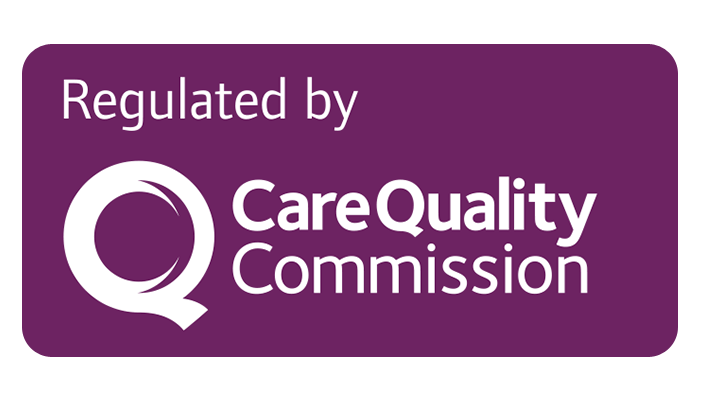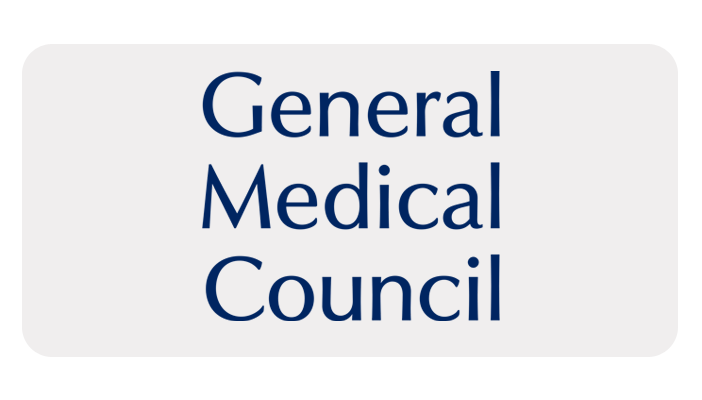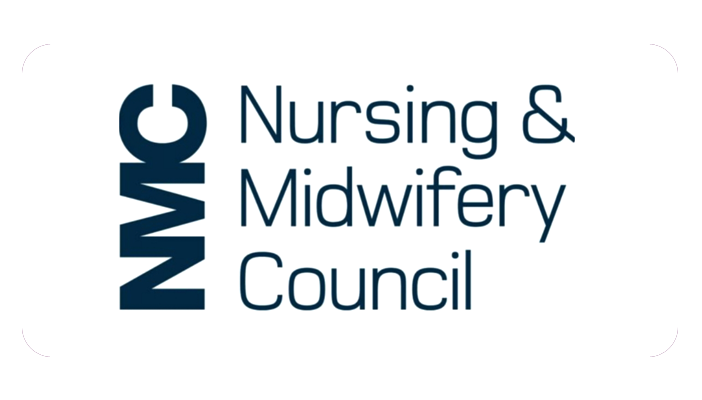What to expect
The leg may ache slightly for a few days. After two or three weeks you may find that the region of the varicose veins is a little tender and lumpy. This is normal and will resolve slowly. The varicose veins usually disappear completely, however this may take many weeks to complete. Occasionally some of the lumps become very tender and red. This can be managed by wearing the stocking and taking analgesics, such as Nurofen or paracetamol. The problem is due to trapped blood in the vein, which can be removed through a needle under local anaesthetic by one of our specialists. Please arrange an appointment.
Activities after treatment
You should continue normal activities, although it is recommended to avoid vigorous exercise until the bandages have been removed. Any other type of exercise, such as walking, is perfectly acceptable. A vigorous regime of walking for 3 miles per day is NOT required (this won't make the veins heal any faster). We highly recommend, that you do not run whilst wearing the bandage and that you start vigorous exercise gently once the bandage has been removed.
In the shower
Whilst wearing the bandage, you can take a bath, but you will have to hang the bandaged leg out of the bath! Alternatively, you can wrap the leg in a bin liner or cling film and take a shower!! A professionally made sleeve can be purchased – 'Limbo' type M80LL or M100 for about £17 from Amazon, Boots, John Bell & Croydon or from Limbo Products directly ( » 01243 573 417 - » www.limboproducts.co.uk ). You will need a full-length sleeve.
While you are wearing the bandage, you can take a bath but will have to hang the bandaged leg out of the bath! Alternatively, you can wrap the leg in a bin liner or cling film and take a shower!! A professionally made sleeve can be obtained – 'Limbo' type M80LL or M100 – for about £17 at Boots, John Bell and Croydon, Wigmore St, London W1 or telephone Limbo Products on 01243 573417 (£17 – ). You will need a full-length sleeve.
Removing the bandage
To remove the bandage, first peel off the stocking and then cut the bandage down the front from top to bottom using scissors and taking care not to injure your leg. Soaking the sticky tape in the bath or shower will help to release this. Nail varnish remover can be used to remove the adhesive and blue pen marks.
Close X



